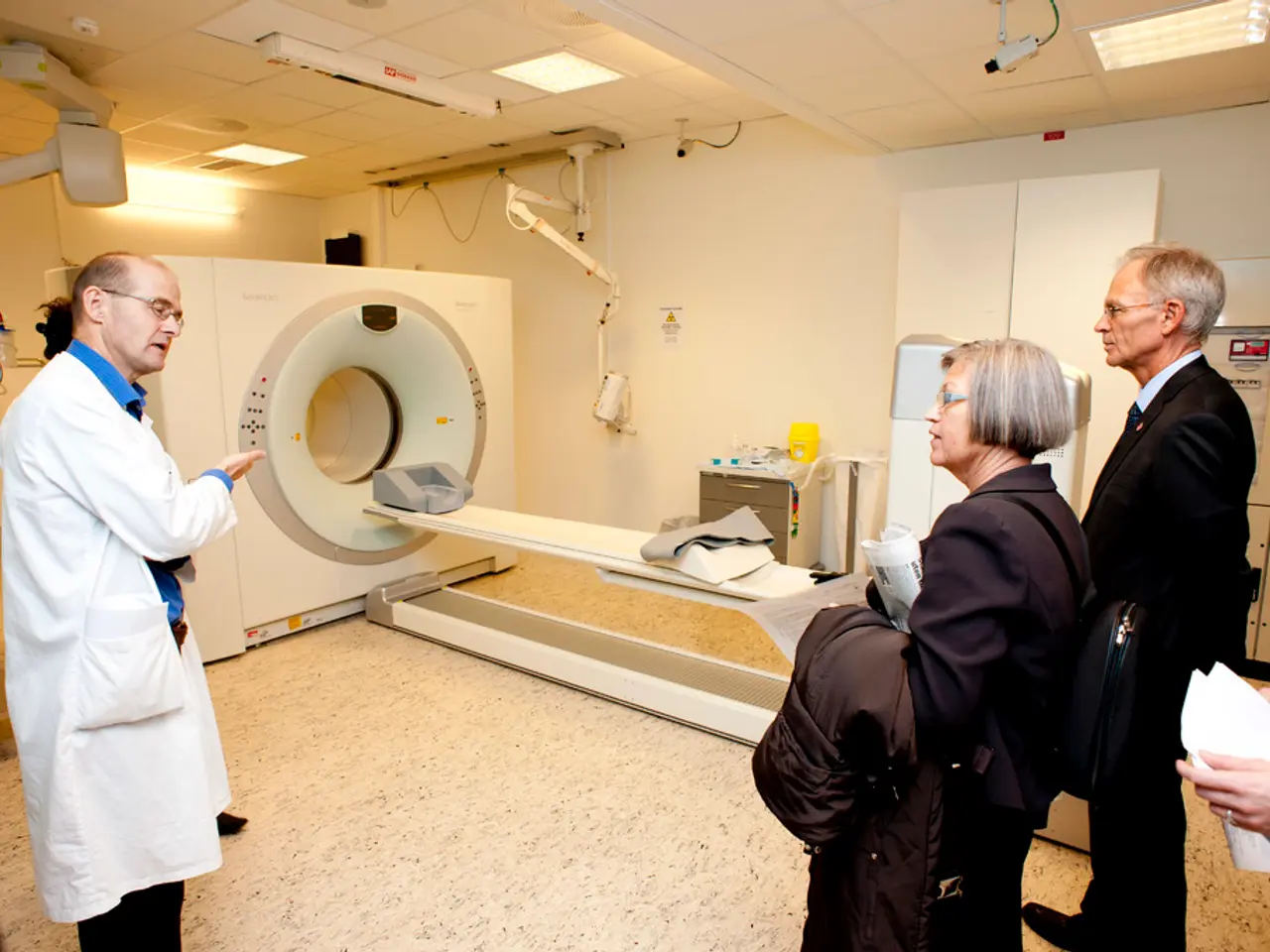Exploring P-Values and Confidence Intervals: Key Concepts in Statistical Analysis
In the realm of statistical analysis, two key concepts play a significant role in interpreting the results of hypothesis testing: P-values and confidence intervals. Although they are closely related, they offer different perspectives when it comes to assessing the statistical significance of a finding.
The Role of P-values
P-values quantify the probability of observing data as extreme as (or more extreme than) the sample data if the null hypothesis is true. A small p-value (typically below a chosen significance level, such as 0.05) suggests that the observed data is unlikely under the null hypothesis, leading to the rejection of the null hypothesis in favour of the alternative.
The Role of Confidence Intervals
Confidence intervals, on the other hand, provide a range of plausible values for the population parameter based on the sample data. If the confidence interval does not include the null value (e.g., zero difference in means), it implies statistical significance at the corresponding confidence level (e.g., 95%), meaning the null hypothesis can be rejected.
Comparing P-values and Confidence Intervals
| Aspect | P-Value | Confidence Interval | |----------------------|---------------------------------------------|-------------------------------------------| | Purpose | Tests evidence against the null hypothesis | Estimates plausible values for parameter | | Interpretation of significance | Small p-value (e.g., < 0.05) indicates significance; reject null hypothesis | Null value outside the CI indicates significance; reject null hypothesis | | Information provided | Probability of data under null hypothesis | Range of credible values around estimate | | Relation to each other | Directly linked—if 95% CI excludes null value, p-value is <0.05, and vice versa[4][5] | Same as left; two-sided tests produce matching outcomes | | Additional perspective| Indicates strength of evidence but not effect size | Provides estimate magnitude and precision | | Limitations | Can be misinterpreted dichotomously; does not measure effect size or importance | Width depends on sample size and variability; choosing CI level affects error rates |
The Importance of a Holistic Approach
While P-values and confidence intervals are powerful tools in hypothesis testing, it's essential to remember that they should be used in conjunction with other metrics and careful consideration of the research context. Misinterpretations of these values can lead to misguided claims, which undermine the integrity of scientific findings.
In fields such as economics, medicine, psychology, and education, the rush to find statistically significant outcomes can overshadow the importance of sound research methodology. Understanding the intricacies of statistical methods is vital for conducting rigorous scientific research, recognizing the limitations of hypothesis testing, and considering the context in which the findings are applied.
By emphasizing careful interpretation, not only can we enhance the quality of research, but we can also build trust in the scientific process. A well-defined confidence interval conveys not only the estimate itself but also the variability around it, providing a more complete picture for hypothesis testing.
In conclusion, p-values guide whether an effect is statistically significant, while confidence intervals offer insight into the magnitude and precision of that effect. Together, they provide a more complete picture for hypothesis testing, fostering robust conclusions that can stand up to scrutiny.
In the context of scientific research and health-and-wellness, data science can be employed to analyze medical-conditions data using techniques like P-values and confidence intervals. For instance, a study might use P-values to determine the statistical significance of a treatment for a particular medical condition, while employing confidence intervals to estimate the population parameter's plausible values around the treatment effect. This Holistic approach, combining rigorous research methodology with careful interpretation of statistical findings, ensures that the results of such research can contribute to the advancement of science and improve health-and-wellness outcomes. In the realm of data science, scientific research can benefit from the collaboration of experts in various disciplines, including but not limited to, data science, medicine, and science, to further the understanding and treatment of medical-conditions.




